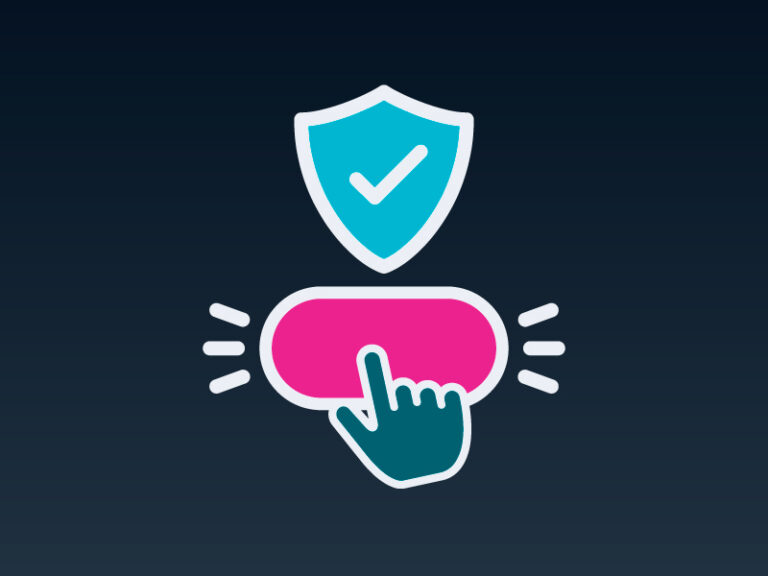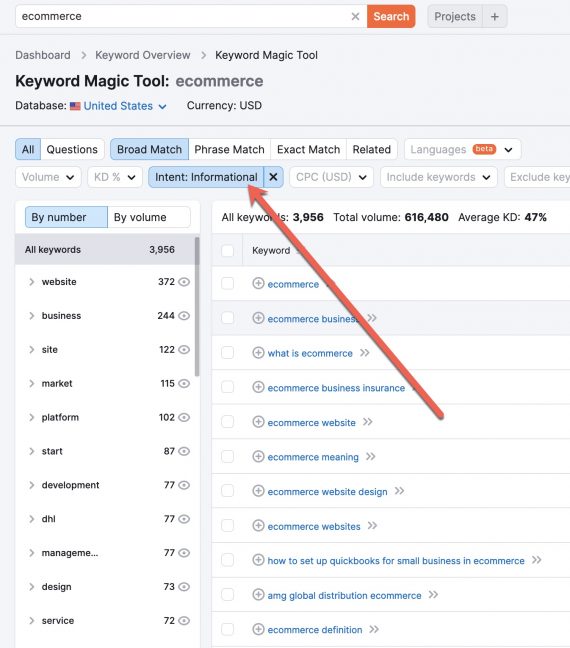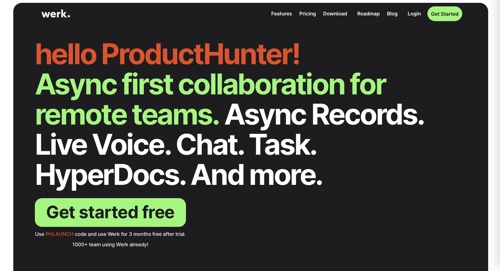Google has not yet announced *exactly* what will go away once FLoC is rolled out but it is safe to say that the third-party audiences would be replaced with cohorts.
First things first (pun intended), advertisers should focus on building up their first-party data sets. First-party data will be more valuable than ever. Drive email subscriptions, track site engagement, and build audiences. Here are some resources to help you with that:
Beyond that, there’s not much that advertisers can do to prepare besides staying abreast of the news and monitoring Google’s announcements and rollout schedules!
3. Why are third-party cookies going away?
If you’re interested in contributing to discussions and testing, Google welcomes collaboration in the Privacy Sandbox.
With a focus on a more private browsing experience, Google has announced that it will deprecate third-party cookies. Not long after, it announced the concept of Federated Learning of Cohorts, or FLoC, to create solutions and alternatives for advertisers while maintaining privacy for users. The concept of FLoC isn’t easy to grasp, and it has raised a lot of questions and concerns.
It’s also important to keep in mind that FLoC lives in Chrome. In other words, there’s no way for Google to force other browsers to use FLoC and, in fact, pretty much all of the other browsers have already said that they won’t. This means that ad networks that have relied on third-party cookies will possibly be left to marry together data from different browsing sources to try to create targeting options for advertisers.
6. What impact will FLoC have on advertisers?
The impact that FLoC will have on advertisers is not entirely clear yet, but there are some things we know.
Third-party audience creation will go away
Even if you set up conversion tracking and audiences through an import, such as Google Analytics, Google still recommends placing the universal pixel on your site as well. To set up your tag:
In early trials, Google claimed that FLoC performed similarly to existing third-party audiences, such as affinity audiences and in-market audiences.
We’ll lose some conversion tracking metrics
So while first-party cookies capture data about a person’s engagement with your own site (login information, purchase history, items in cart, etc.), third-party cookies capture data about a user on *other* websites.
Targeting options will be limited
It is no secret that tech companies have lost some trust from consumers because of the way that data is handled and monetized.
7. Why is there so much pushback on FLoC?
The goal of deprecating these cookies is to keep browsing data with the user. In recent years, the topic of privacy has been at the forefront of tech conversations and, well, lawsuits and legislation.
I tested my own digital fingerprint and I was found to be unique among other recent testers. Meaning that if this data were being used to fuel an ad network, out of the 200,000+ folks in their pool – my information appeared to be unique. A little creepy, right?
7. What should advertisers do to prepare?
Hone in on first-party data
Currently, there are elements of tracking that also rely on third-party cookies, such as view-through conversions. Google has alluded to tests that they are running in order to improve tracking, which could include conversion modeling, to help bridge tracking gaps.
Set up tagging
The problem is that FLoC lives within Chrome—not Google Ads—meaning it will be fueling targeting options for a host of ad networks, some of which might use the data in unethical ways. As a result, many large players in the tech industry have spoken out about the use of FLoC, including companies such as WordPress who proposed that sites should treat FLoC as a security concern.
If you haven’t already placed the Google Ads tag on your site, now would be a good time. The Google Ads tag is the tag that is used to track first-party data. For instance, many advertisers use this tag for conversion tracking and remarketing.
- Go to Tools & Settings > Shared Library > Audience Manager
- On the left, click Audience Sources
- Choose “Google Ads Tag” to set it up.
Collaborate in the Privacy Sandbox
If you have heard of FLoC, you have probably also heard that it has received quite a bit of backlash.
Many of the most common PPC practices are powered by third-party cookies, such as:
Google FLoC and third-party cookies recap
- Third-party cookies are used to track user behavior across the web and are going away by the end of 2023 (unless otherwise informed).
- This impacts our ability to effectively target, track, and report on ad performance.
- FLoC is Google’s current solution for ad targeting in the absence of third-party cookies, and it stands for Federated Learning of Cohorts
- It works by keeping browsing data within a user’s browser and creating anonymized cohorts that advertisers can target.
- However, this solution comes with many risks and has received a lot pushback.
- To prepare, focus on collecting first-party data, place the Google Ads tag on your site, and (if you’re interested), collaborate in the Privacy Sandbox.






